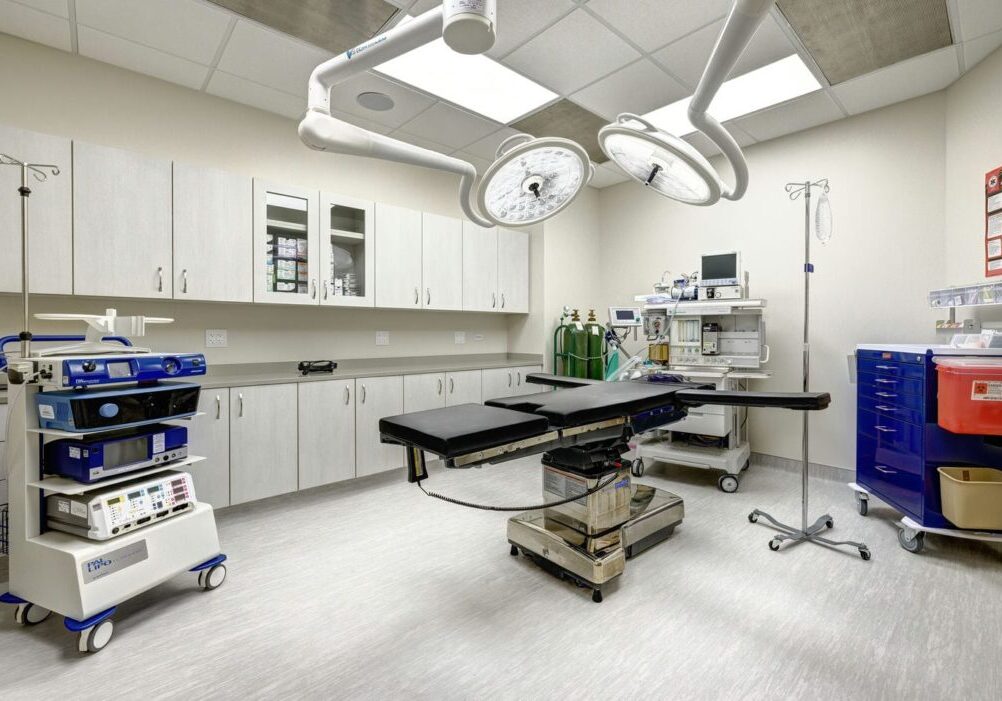
Sustainable principles in ambulatory surgery center design can help improve patient experiences, foster better health outcomes, and realize cost savings for healthcare facilities.
Sustainable design also helps mitigate environmental impact, promotes long-term sustainability, and provides an avenue to fulfill your corporate social responsibility goals. As a result, stakeholders in healthcare facility construction should apply the principles of sustainable design to create healthier, more efficient, and environmentally responsible ambulatory surgery centers.
What is Sustainable Design?
Sustainable design is an approach to design that applies sustainable methods and materials to lower energy consumption and demand for resources throughout a building’s life cycle. Some examples might include reducing emissions during the construction process, avoiding building material waste, or installing efficient equipment to reduce energy and water waste.
Sustainable design also positively impacts occupant health while realizing significant savings related to reuse of materials, energy efficiency, water conservation, and reduced maintenance costs through carefully planned building life-cycle strategies.
6 Objectives of Sustainable Design
According to the U.S. National Institute of Building Sciences’ Whole Building Design Guide (WBDG) there are six objectives for sustainable design:
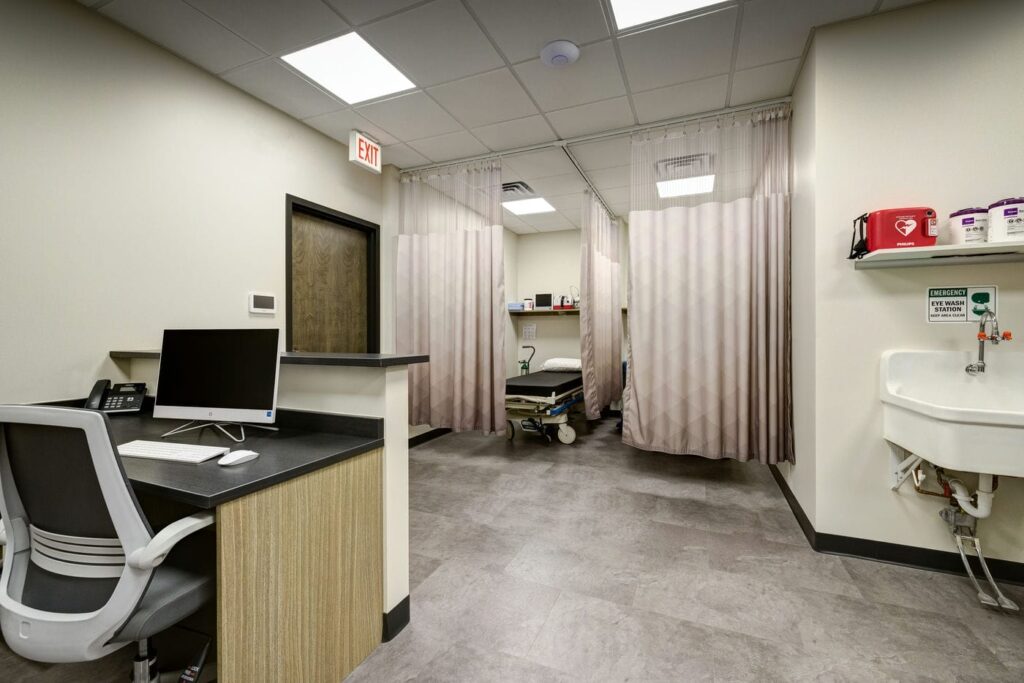
1. Optimize Site Potential
Site potential applies to both new building sites as well as an existing building’s rehabilitation. An optimized site supports native flora and fauna in the landscape design.
2. Optimize Energy Use
Improving energy performance also reduces operating costs for ambulatory surgery centers. Considering what it takes to create a net zero energy building reduces your use of fossil fuel-derived energy.
3. Protect and Conserve Water
Using water efficiently minimizes your demand on freshwater stock. Water conservation opportunities include:
- Increasing patient and employee awareness
- Installing low flow urinals, toilets, sinks and showers
- Using sensor activated faucets at handwashing stations
- Installing water-saving appliances and equipment
- Replacing faulty steam traps with effective, low-maintenance units
- Installing steam condensate temping systems
- Using electric pumps on sterilizers instead of water-induced vacuum devices
- Using flow control equipment
4. Optimize Building Space and Material Use
Reusing and repurposing materials saves money while reducing demand for natural resources. Choosing sustainable materials also minimizes environmental and human impacts while reducing liabilities by providing a healthier work and patient environment.
5. Enhance Indoor Environmental Quality (IEQ)
Improved indoor environmental quality (IEQ) improves comfort and occupant health, utilizing options such as:
- More windows to maximize daylighting
- Circadian lighting to improve sleep and well-being of patients
- Appropriate ventilation to reduce the spread of infectious diseases
- Improved moisture control to reduce mould growth
- Avoiding materials with high-VOC emissions to reduce toxins
6. Optimize Operational and Maintenance Practices
Using a builder that enlists key experts such as engineers, architects, and other site contractors creates a collaborative effort. Collaboration facilitates the resourcing of sustainable materials and incorporating systems that most effectively simplify operational practices. You can also reduce maintenance requirements, energy use and water consumption while introducing less toxins. These practices help reduce building life-cycle costs so more money can be invested in improving patient care.
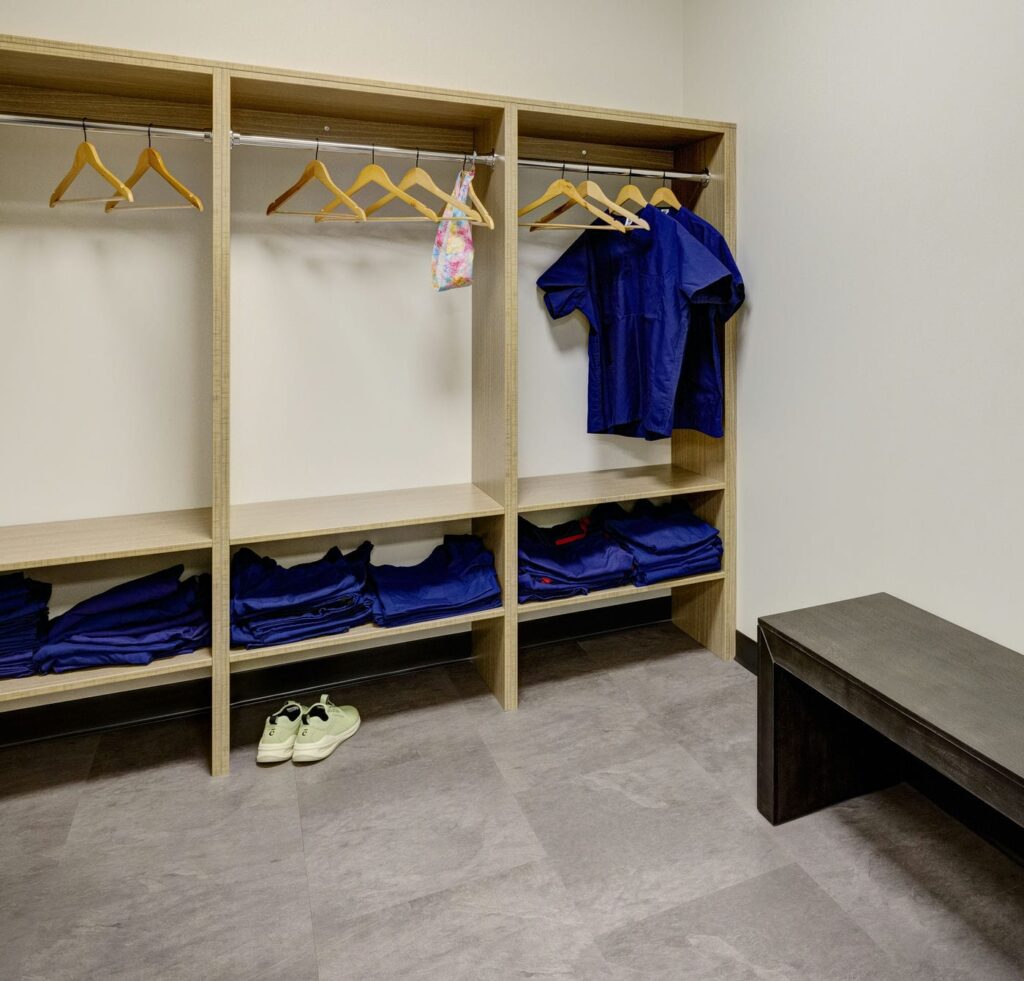
Green Buildings and Well-being
Green buildings offer several benefits for ambulatory surgery centers, including:
- Visual comfort: Combining natural light with strategic task and blue lighting improves visual comfort for patients and workers. Natural light design elements include:
- Large windows
- Skylights
- Frosted glass doors and interior walls
- Open concept spaces
- Lighter interior colors
- Frameless glass staircases
Natural light saves energy, improves physical and mental health, creates a sense of well-being, and increases productivity and creativity.
- Improved mental health: Bringing elements of nature into your space improves mental health, while improving energy efficiency by purifying air naturally. Natural elements in design include:
- Living walls and planters in common areas and offices
- Optimal window design to share views of natural landscaping
- Soothing atmospheric sounds that overcome stressful clinical noises
- Introducing nature inspired visuals and shapes in design elements
- Improved air quality: Ventilation is critical for green buildings. Improved air flow improves cognitive function and productivity while helping to reduce sick days and the spread of airborne illnesses. A healthier, more productive team improves patient experience and outcomes.
- Improved comfort: Comfortable temperatures reduce energy consumption, improve productivity, and reduce fatigue. However, it takes a holistic approach to ensure building comfort in sustainable design.
For example, large windows make spaces brighter while direct sunlight increases room temperature. Therefore, programming thermostats based on sun exposure compensates for direct sunlight heat.
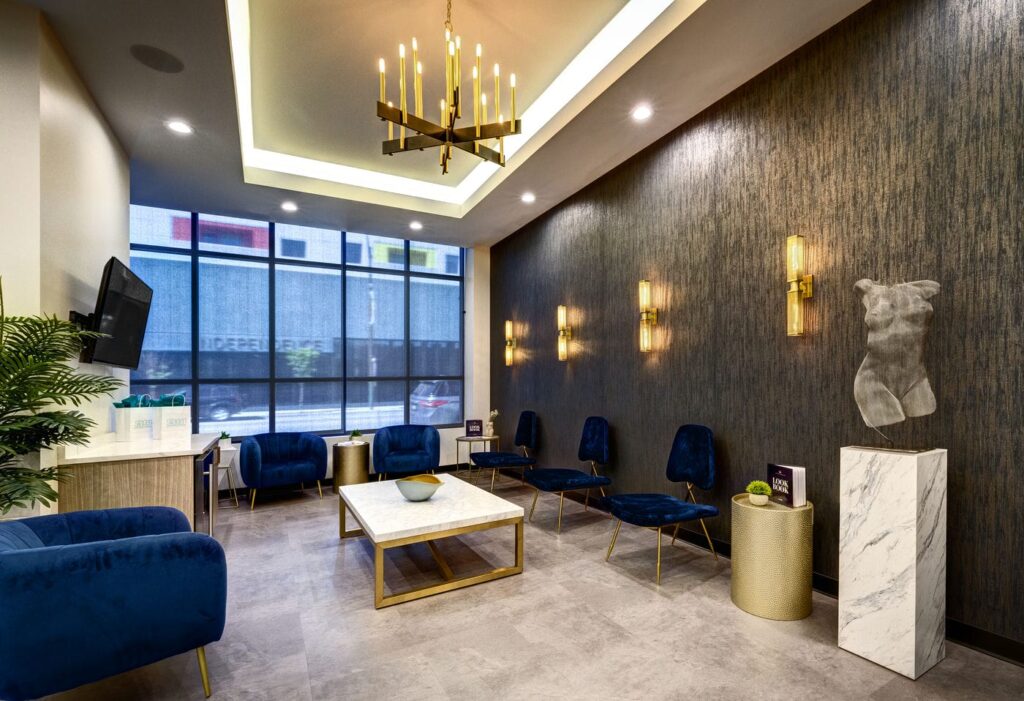
As you can see, sustainable design has a profound impact on patient well-being, staff productivity, and cost efficiencies. By integrating sustainable principles into the construction and operation of ambulatory surgery centers you promote healing environments, reduce your environmental footprint, enhance resource efficiency, and contribute to a healthier planet in the name of corporate stewardship.
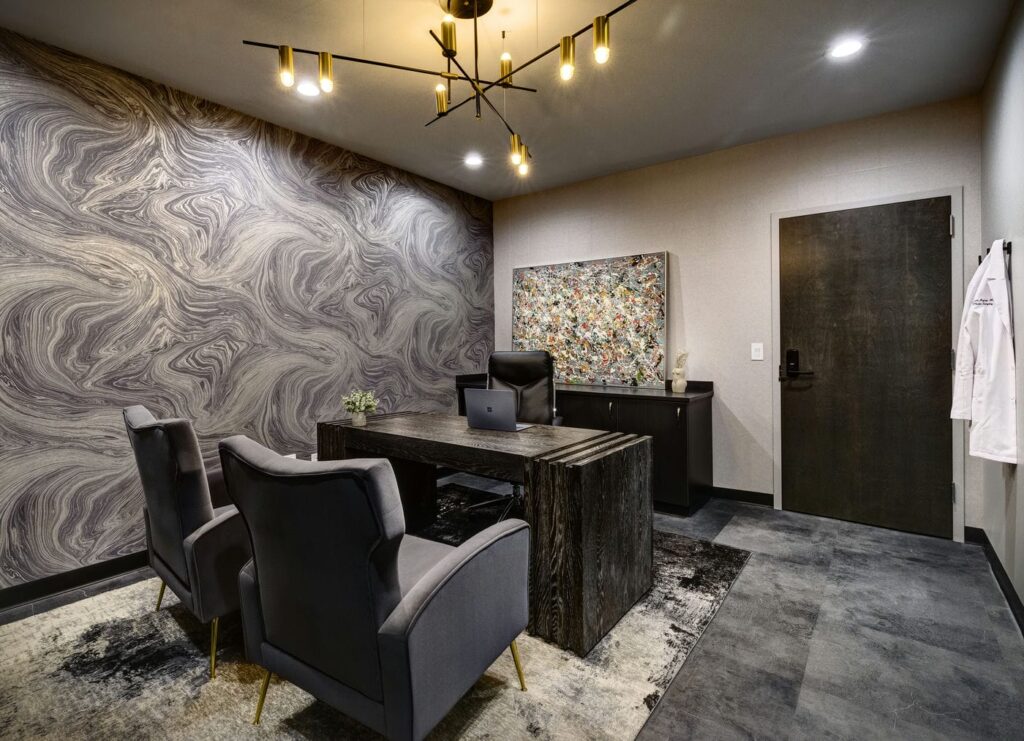
Bring your vision to life with Apex.
Your ambulatory surgery center design must align with patient needs while delivering optimum efficiency and compliance. Apex is your sustainable design build partner sharing deep expertise and a proven design build methodology to create green buildings and healthy spaces using the highest standards possible.
